English
Türkçe bölüm için lütfen buraya tıklayın.
Hello everyone!
I hope you're doing well or are trying to be well. I'm doing fine. Even though I got a bit tired today, I believe it was worth it. I’ll talk about today’s subject next Monday, when I take a brief break from Southeastern Anatolia and head to Istanbul—but for now, we’re continuing with the best panorama museum I’ve seen so far in the region.
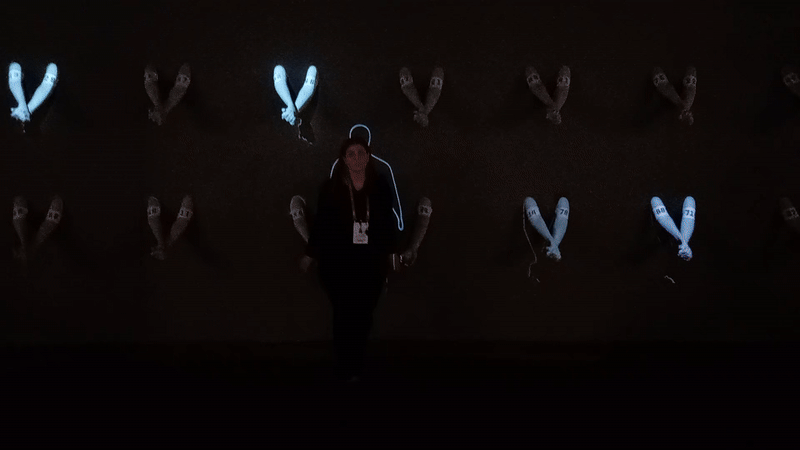
Panorama 25 December: The Heroism Panorama and Museum of the Defence of Gaziantep.
The name may not be as long as the epic it tells, but you can probably guess how rich and thorough the museum itself is. This is the sort of place you don’t just explore with your eyes—you feel it with your heart.

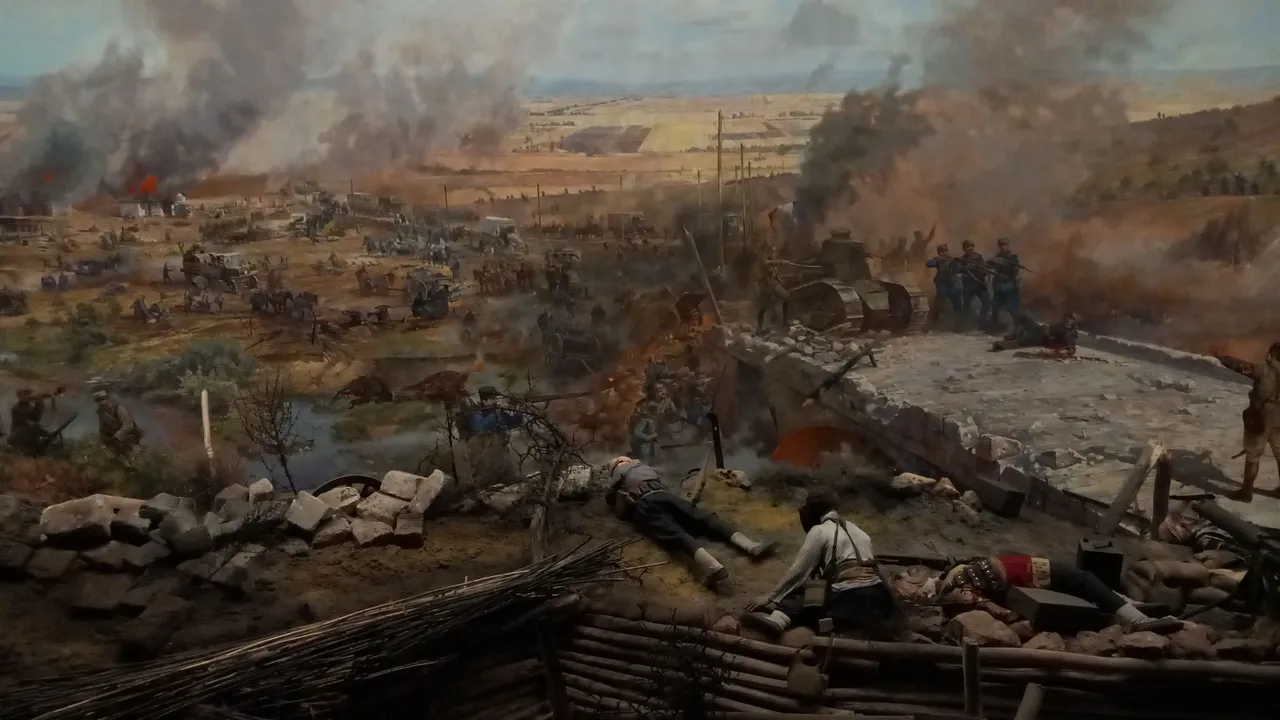


Don’t be misled by the word “panorama.” The moment you step inside, especially when your eyes catch those enormous paintings in the first hall, you freeze. As if you were actually there, back then. You hear cannon fire in the distance. Children’s voices. The footsteps of women. The rifles slung over the shoulders of men.
And let me tell you—this isn't just a history lesson. This place is the answer to one question: “How did we survive?” Plain and simple. No embellishment. Nothing hidden.
It tells of the days when everyone in the city—whether they could hold a weapon or not—stood and resisted. The women who carried ammunition, the children who ran messages, the elderly who picked up rifles. This is how Gaziantep earned its title of Gazi. Every street, every stone whispers this tale to you.
And you know what? This museum doesn’t just speak of the past—it speaks of today too. Because this city did not surrender. Because this nation did not bow down. That’s why we’re still here. That’s why I’m able to write this piece.
The lights inside are dim. Some may find it gloomy, but I don’t. In that darkness, you see the brightness of a resistance. You know when your eyes well up but the tears won’t fall? It’s exactly like that.
It’s like a people caught in the middle of war, saying, “We are still here.” Every painting, every voice recording, every display panel means something. And then Atatürk’s words echo in my mind: “How could I not kiss the eyes of the people of Antep?”
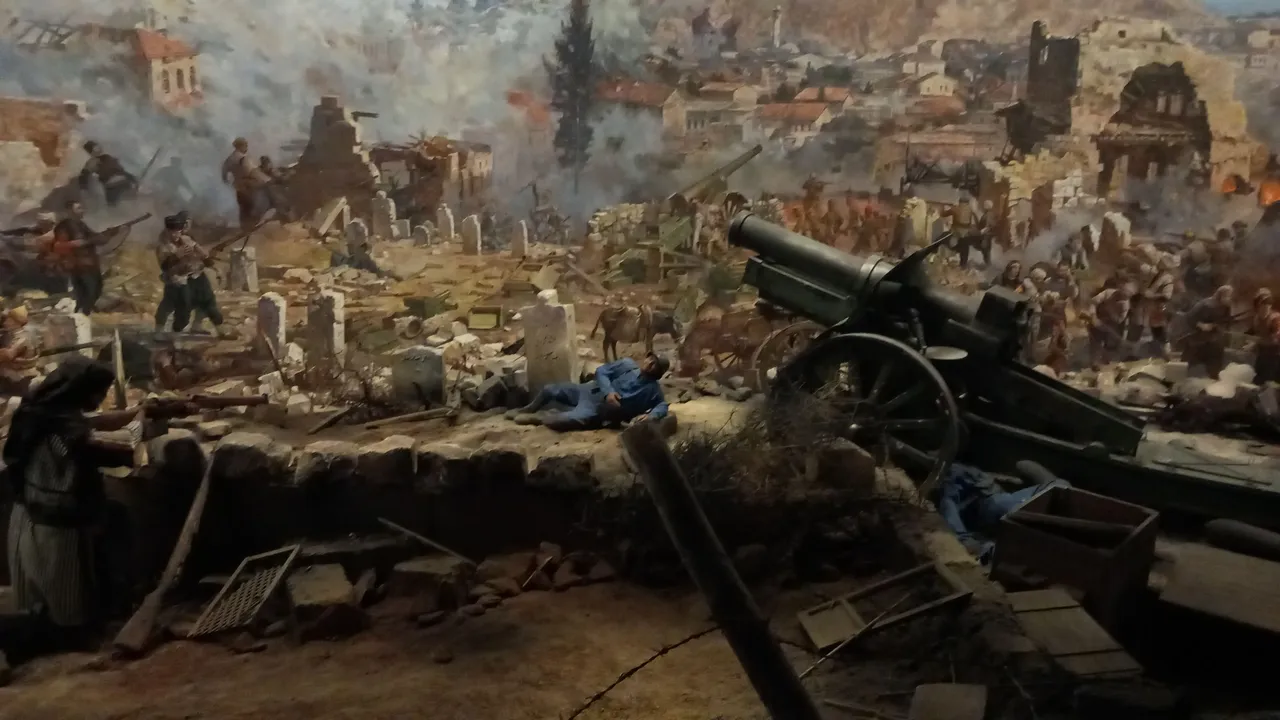
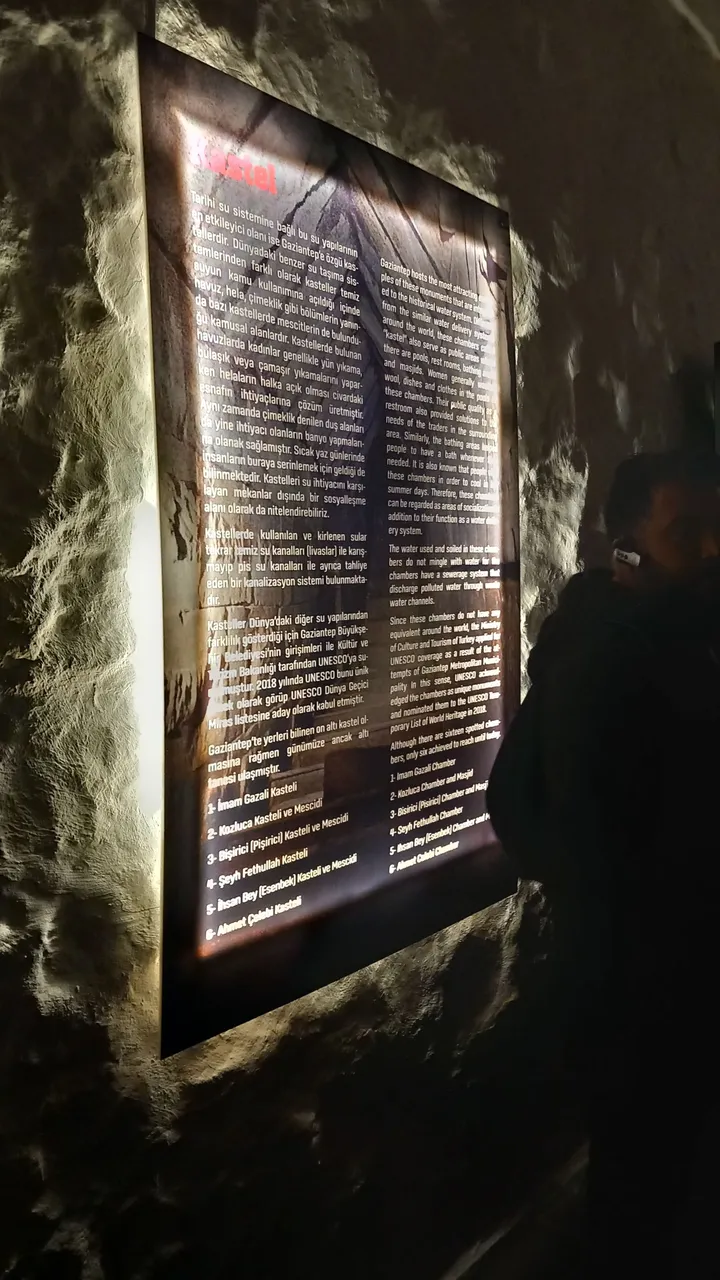
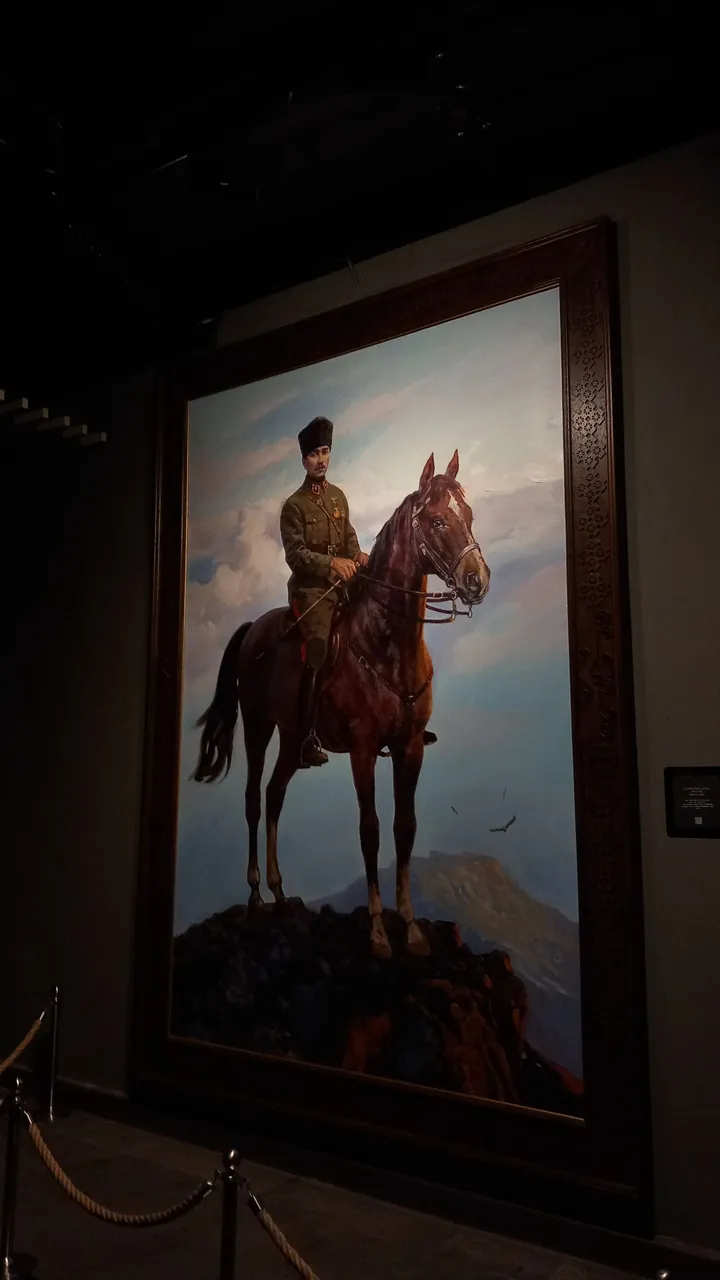

I paused for a moment inside and wondered—how can such hope exist amid such pain? And then the answer came on its own. Because these lands were not won easily. Because this nation sowed its hope into the soil like seeds in those days. And now we are living what they planted.
It may sound strange, but walking through that museum, for a moment I felt like I was carrying a rifle. As if I were crouched behind a wall, waiting for the enemy. My chest tightened. Then came the voices of children over the loudspeakers. They were reading a letter—a child from Antep writing to his mother. I couldn’t hold back my tears.
This isn’t just a panorama. It’s an awakening. A jolt. A reminder.
And before I forget… There’s a photo of Atatürk on one of the walls. It was crowded—I didn’t want to disturb the quiet reverence of others. He’s resting his chin on his hand, deep in thought. And that look in his eyes… It’s as if he’s saying, “I trusted you.”
For a moment, I wanted to be worthy of that trust. I really did. I thought to myself, “If only I had been there, I would have done everything I could.” Maybe I wouldn’t have managed it—but I would’ve tried. Because this homeland was not won easily. And now it is our duty to protect it.
One thing I mustn’t skip—there’s a small corner near the exit of the museum. A tiny glass display. Inside: an old shoe, a bullet fragment, a burned notebook. And it was that notebook that held me. There were childlike writings inside. Perhaps a prayer. Perhaps a poem. Perhaps just a name. We may not know who it belonged to, or even what it said… But that notebook stands there proudly. Just like the people of Antep.
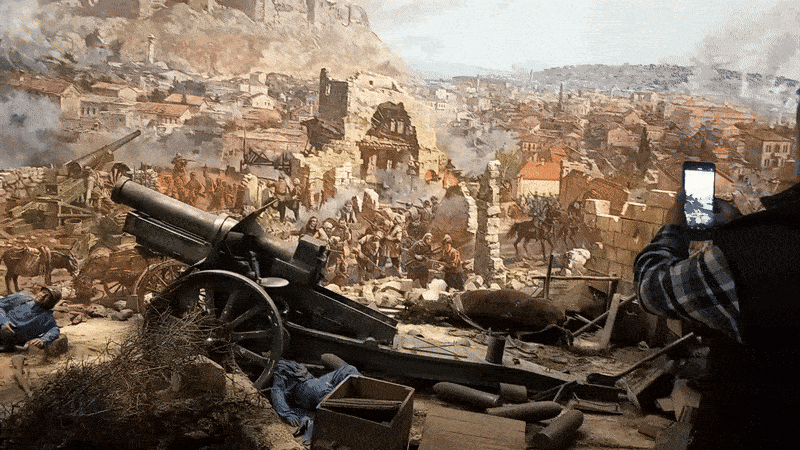
This isn’t just a building. This is a vow. A place for those who said: “Never again.”
If you ever find yourself in Gaziantep, visit here before you go for the lahmacun. Stop. Reflect. Then carry on. But believe me—something inside you will have changed.
As I write this now, I feel as though I’m still there. As if I’m walking those same streets. But I can’t go back right now—and that brings a touch of sorrow. Still, I’m glad I went. I’m glad I saw it with my own eyes. And please, please don’t forget:
Those who gave their lives for these lands never hesitated. Neither should we.
I suppose today, it’s best I grieve quietly, in my own way. Until we meet again. Take care of yourself in advance, stay in health and love, and please remember that;
You are the only one of you.


Herkese merhabaaaa!!!
Umarım iyisinizdir ya da iyi olmaya çalışıyorsunuzdur. Ben iyiyim. Bugün biraz yorulsam da bence değdi. Bugünün konusunu haftaya pazartesi günü Güneydoğu Anadolu Bölgesi'ne bir kereliğine ara verip İstanbul'a geçtiğimde anlatacağım ama şimdi Güneydoğu Anadolu Bölgesi'nde bulunan ve şu ana kadar gördüğüm en iyi panorama müzesine geçiyoruz.
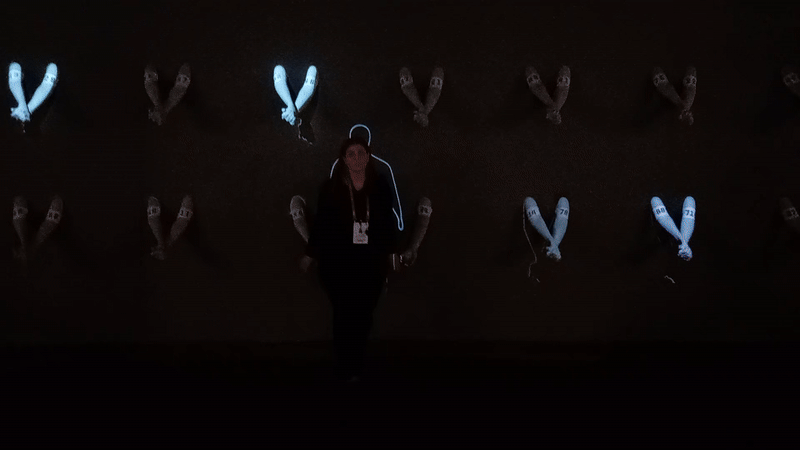
Panorama 25 Aralık Gaziantep Savunması Kahramanlık Panoraması ve Müzesi. İsmi destanı kadar uzun değil ama oldukça kapsamlı bir müze olduğunu anlayabilirsiniz sanırım. Burası öyle bir yer ki sadece gözle değil kalple geziliyor.

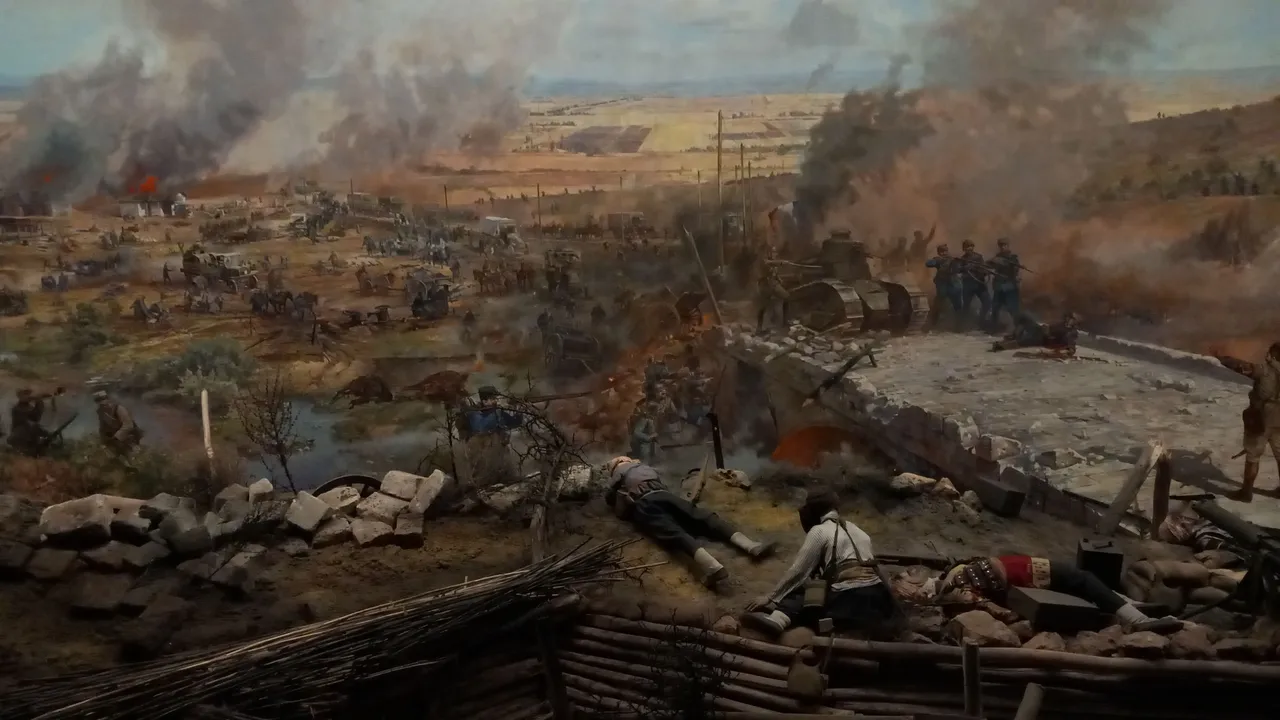
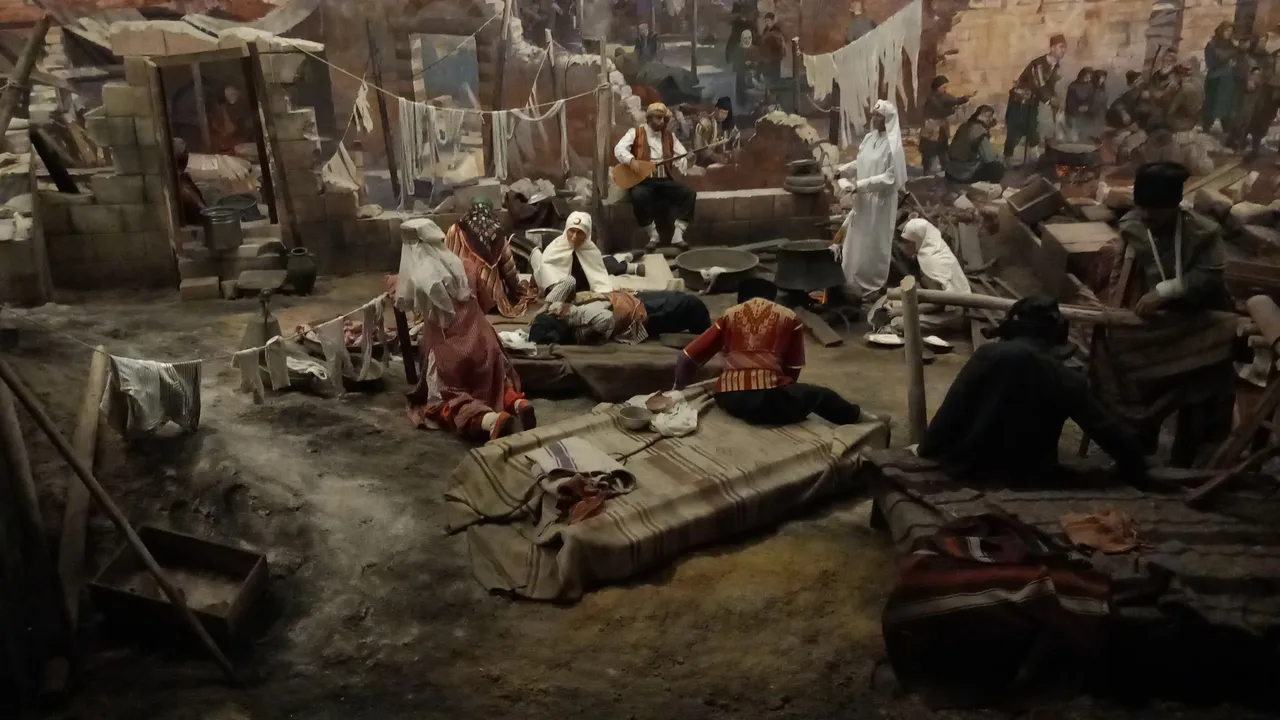
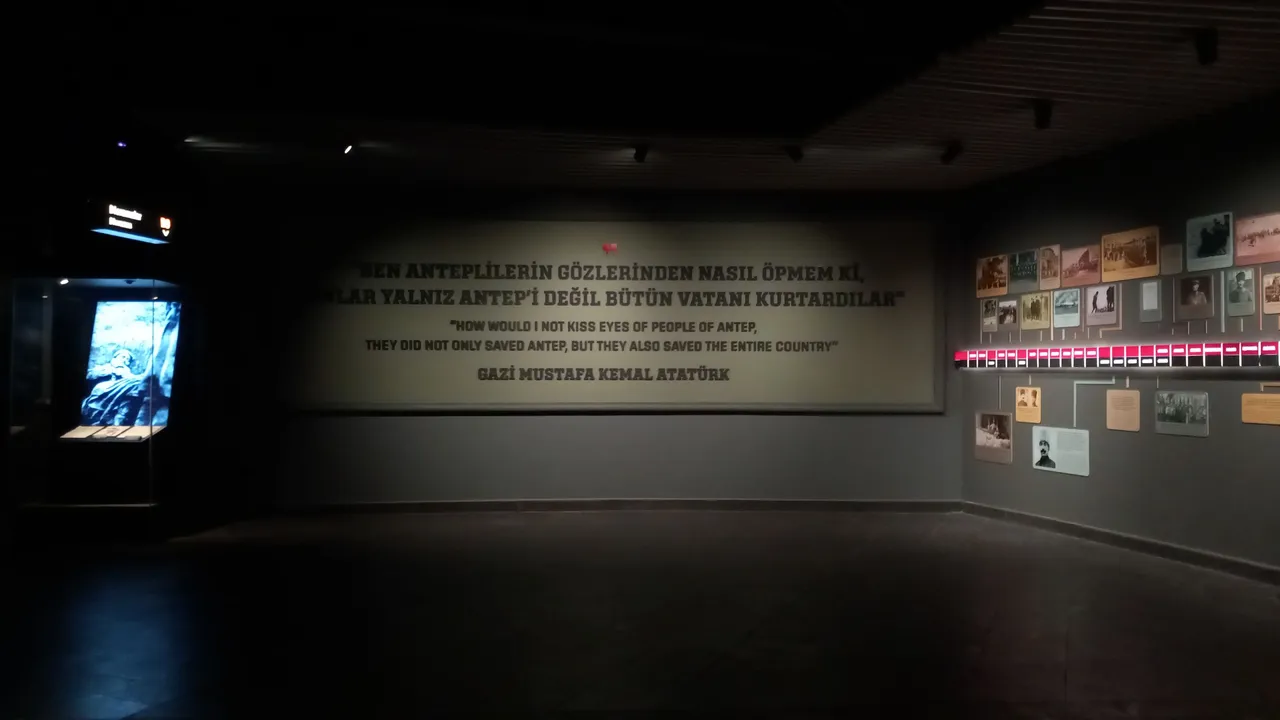
Panorama deyip geçmeyin, içeri adımınızı attığınız anda, hele ki o ilk salonun devasa resimlerine gözünüz takıldığında bir duruyorsunuz. Sanki o gün oradaymışsınız gibi. Top sesleri uzaktan geliyor gibi. Çocuk sesleri, kadınların ayak sesleri, erkeklerin omzundaki mavzer...
Ve bakın, burası sadece bir tarih dersi değil. Burası "Biz nasıl kurtulduk?"un cevabı. Açık açık. Hiç süslenmeden. Hiç saklamadan.
Şehir halkının, eli silah tutan tutmayan herkesin direndiği o günleri anlatıyor. Kadınların mermi taşıdığı, çocukların haberci olduğu, yaşlıların eline tüfek aldığı günler. Gaziantep işte böyle Gazilik unvanını aldı. Her bir sokak, her bir taş bu hikâyeyi fısıldıyor size.
Ve biliyor musunuz, bu müze sadece geçmişi değil, bugünü de anlatıyor bir yerde. Çünkü bu şehir teslim olmadı. Çünkü bu millet boyun eğmedi. O yüzden biz buradayız. O yüzden bu yazıyı yazabiliyorum.
Müzenin içinde ışıklar loş. Belki kasvetli gelir bazılarına ama bence tam tersi. O karanlıkta aydınlık bir direniş görüyorsunuz. Hani bazen gözleriniz doluyor ama ağlayamıyorsunuz ya, hah işte öyle bir şey bu.
Savaşın ortasında kalmış bir halkın "Ben buradayım" deyişi gibi. Her tablonun, her ses kaydının, her panonun bir anlamı var. Ve Atatürk’ün sözü geliyor aklıma: "Ben Anteplilerin gözlerinden nasıl öpmem ki?"
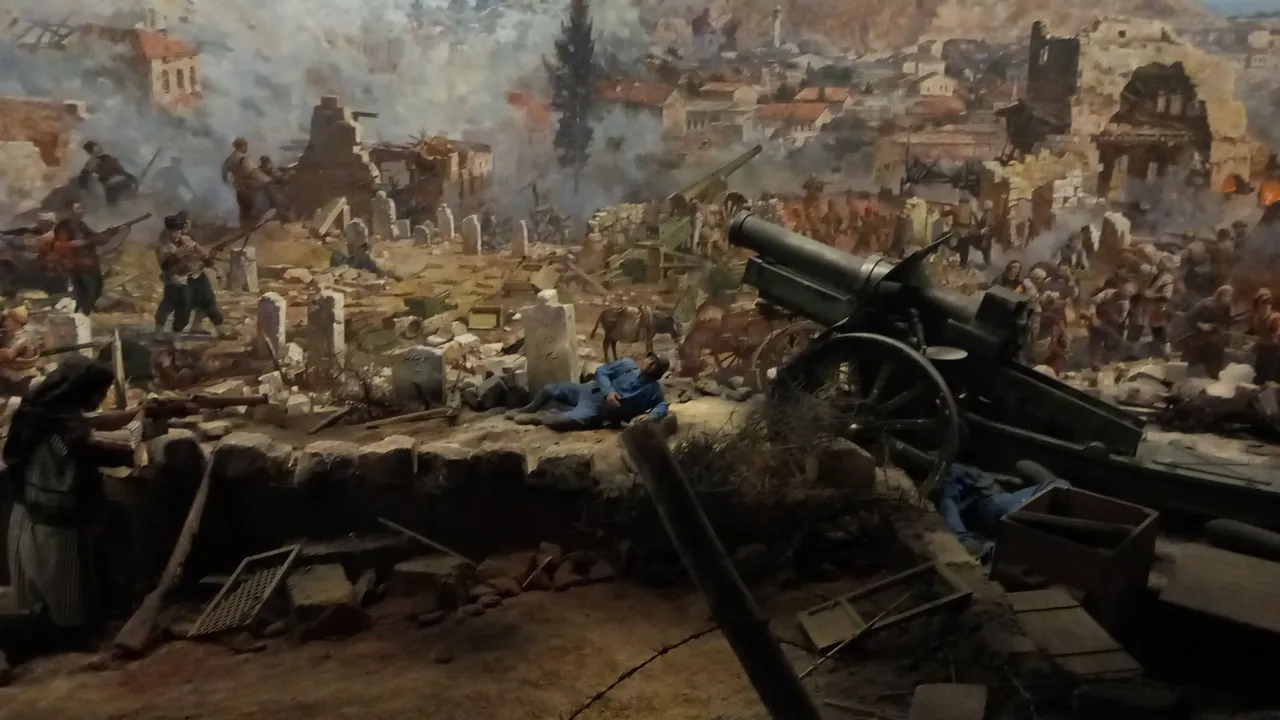
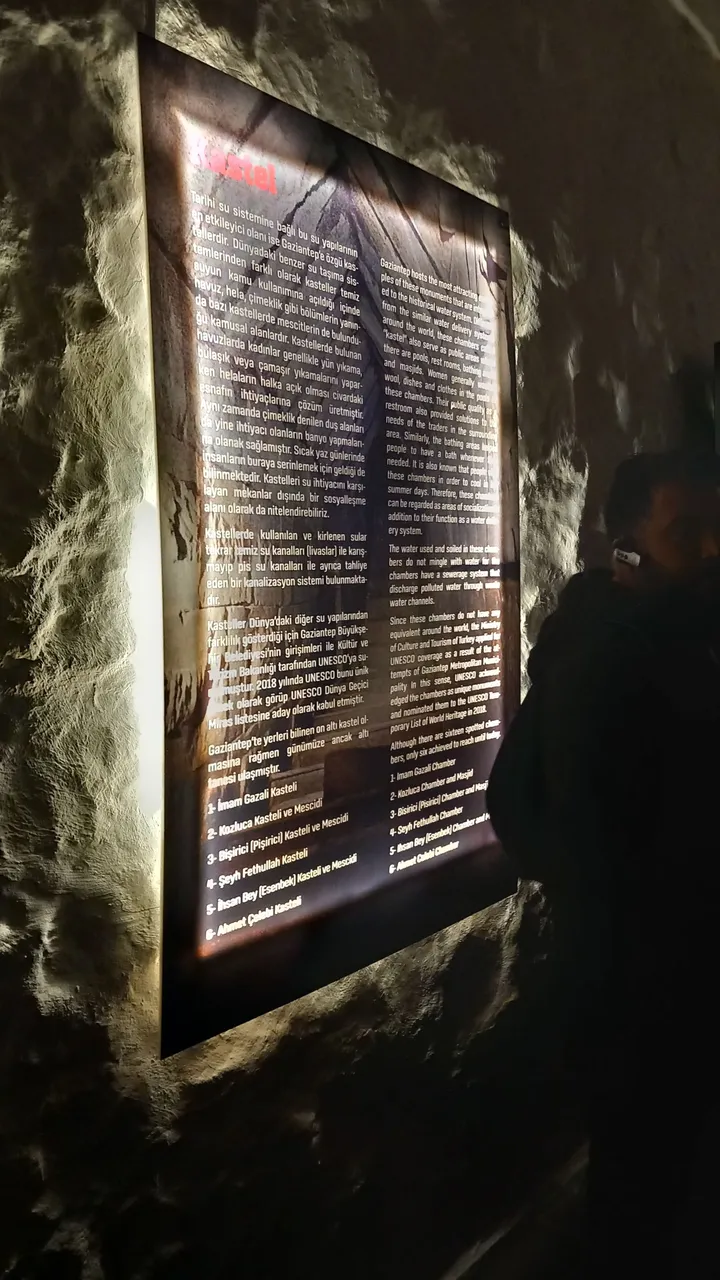
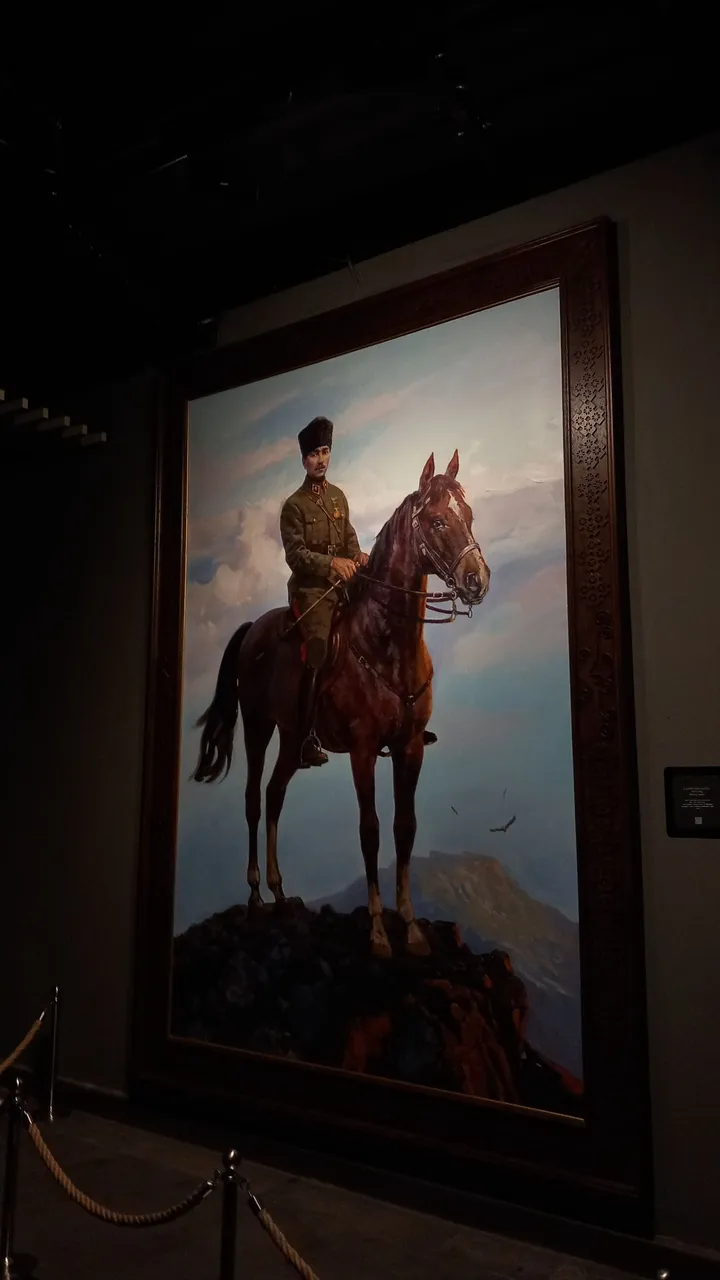

Bir an durup düşündüm içeride, bu kadar acının ortasında nasıl bu kadar umut barınır? Ve sonra cevap kendiliğinden geldi. Çünkü bu topraklar kolay kazanılmadı. Çünkü bu millet, umudunu toprağa eker gibi ekti o günlerde. Ve biz şimdi onların ektiğini yaşıyoruz.
Belki kulağa garip gelir ama orada yürürken bir an elimde mavzer varmış gibi hissettim. Belki bir duvarın dibinde, düşmanı bekliyormuşum gibi. Kalbim sıkıştı. Sonra çocuk sesleri geldi hoparlörden. Bir mektup okuyorlar, Antep’in bir çocuğu annesine yazmış. Tutamadım gözyaşımı.
Bu sadece bir panorama değil. Bu bir uyanış. Bir silkeleniş. Bir hatırlatma.
Ve unutmadan... Atatürk’ün fotoğrafı bir bölümde duvarda duruyor. Kalabalıktı, yasını tutanların huzurunu bozmak da istemedim. Elini çenesine koymuş düşünürken. Onun o bakışı var ya... Sanki diyor ki: "Ben size güvendim."
O güvene layık olmak istedim bir an. Gerçekten istedim. İçimden dedim ki: "Keşke o gün orada olsaydım. Elimden geleni yapardım." Belki yapamazdım ama denerdim. Çünkü bu vatan kolay kazanılmadı. Ve şimdi onu korumak da bizim görevimiz.
Söylemeden geçmeyeyim: Müzenin çıkışında bir köşe var. Küçücük bir vitrin. İçinde eski bir ayakkabı, bir kurşun parçası, yanmış bir defter. En çok da o deftere takıldım. İçinde çocuk yazısı vardı. Belki bir dua. Belki bir şiir. Belki sadece bir isim. Ama kimin olduğunu bilmesek de, ne yazdığını hatırlamasak da... O defter orada dimdik duruyor. Tıpkı Antep halkı gibi.
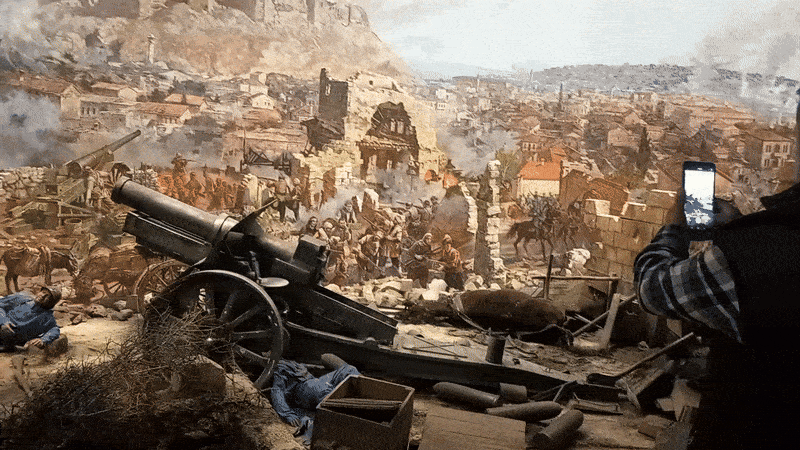
Burası sadece bir bina değil. Burası bir yemin. "Bir daha asla" diyenlerin yeri.
Eğer yolunuz Gaziantep’e düşerse, lahmacun yemeden önce uğrayın buraya. Bir durun. Bir düşünün. Sonra devam edin yolunuza. Ama emin olun, içinizde bir şey değişmiş olacak.
Ben şimdi bu yazıyı yazarken tekrar tekrar oradaymış gibi oldum. Sanki hâlâ o sokaklardayım. Ama gidemem şu an, bu yüzden içimde biraz burukluk var. Yine de iyi ki gitmişim, iyi ki görmüşüm. Ve lütfen ama lütfen unutmayın:
Bu topraklar için can verenler, bir gün bile tereddüt etmedi. Biz de etmeyelim.
Sanırım artık yasımı içimde yaşasam iyi olur bugünlük. Sonra görüşmek üzere. Kendinize dikkat edin, sağlık ve sevgiyle kalın ve lütfen unutmayın ki;
Bu dünyada sizden başka bir tane daha yok.

From All Over Türkiye 39: Zeugma Mosaics Museum, Gaziantep
From All Over Türkiye 38: The First Grand National Assembly of Türkiye
From All Over Türkiye 37: Roman Baths and Open Air Museum
From All Over Türkiye 36: The Museum of Anatolian Civilizations
From All Over Türkiye 35: Anıtkabir, Atatürk's Mausoleum
From All Over Türkiye 34: Duatepe, last stand of Ankara
From All Over Türkiye 33: Gordion, Tomb of King Midas with Donkey Ears
From All Over Türkiye 32: Eldem, The labour of your hand, the apple of your eye
From All Over Türkiye 31: Eskişehir Hamam Museum
From All Over Türkiye 30: Contemporary Glass Arts Museum, Eskişehir
All of my content is written in Turkish first and then with the help of translators and dictionaries below translated in English.
https://www.seslisozluk.net P.S. If you know English AND Turkish, I do that too... If you see a translation discrepancy that was on purpose. I did think this is as proper as I could do. Because there are many differences between these languages.
Not: Hem Türkçe hem de İngilizce biliyorsanız, ben de biliyorum... Eğer çeviri farklılığı görürseniz bunun bilinçli olduğunu bilin lütfen. Bunu yapabileceğim en uygun şekilde yaptığımı düşünüyorum. Çünkü bu iki dil arasında çok fazla fark var.
https://www.deepl.com/translator